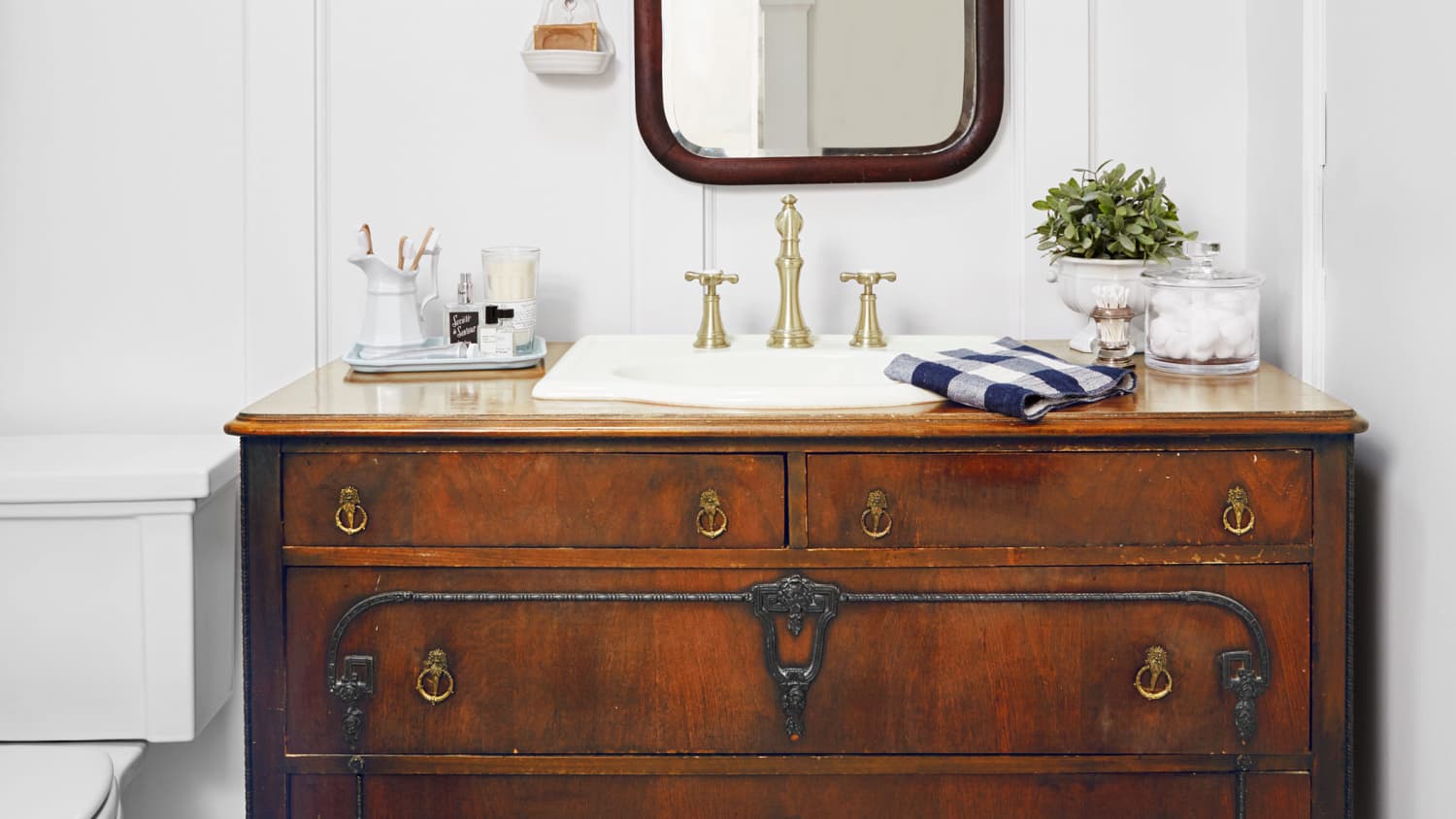

Furniture
How To Tell How Old A Dresser Is
Modified: February 26, 2024
Learn how to determine the age of a dresser and identify its historical value. Expert tips and techniques for evaluating antique furniture.
(Many of the links in this article redirect to a specific reviewed product. Your purchase of these products through affiliate links helps to generate commission for Storables.com, at no extra cost. Learn more)
Introduction
When it comes to furniture, there is something timeless and charming about vintage pieces. Whether you’ve inherited a dresser from a family member or stumbled upon a beautiful antique find in a thrift shop, it’s natural to wonder about its age and history. Understanding how to tell how old a dresser is can add depth and intrigue to your furniture’s story.
Examining the condition, materials, and style of a dresser can provide valuable clues about its age and origins. In this article, we’ll guide you through the process of determining the age of a dresser, step by step.
Before we dive into the details, it’s important to note that accurately dating antique furniture can be a complex task. While certain features and indicators can provide strong hints, it’s always a good idea to consult an expert or conduct additional research for confirmation.
So, let’s begin our journey into the fascinating world of vintage dressers and how to decipher their age!
Key Takeaways:
- Uncover the age of your dresser by examining wood type, joinery, wear, and design. Research historical periods and styles to gain valuable insights into the fascinating world of vintage furniture.
- Look for clues such as wood type, joinery, and design to estimate the age of your dresser. Dive into historical research to uncover the unique story and craftsmanship behind your vintage piece.
Read more: How To Clean An Old Dresser
Step 1: Examine the Wood
The type of wood used in a dresser can offer valuable insights into its age. Different woods were popular during different time periods and furniture-making eras. By examining the wood, you can gather clues about when the dresser was likely produced.
One of the most common types of wood used in antique furniture is mahogany. Mahogany furniture was prevalent during the 18th and early 19th centuries. It is known for its rich reddish-brown color and often has a beautiful, straight grain pattern.
Walnut is another popular choice for dressers, especially during the Victorian era. It features a warm, medium-brown tone and can be recognized by its distinctive grain markings.
If you come across a dresser made from oak, it is most likely from the Arts and Crafts or Mission style period, which occurred in the late 19th to early 20th century. Oak furniture is characterized by its sturdy construction, visible grain, and often a golden or light brown color.
Pine and other softwoods were commonly used in the 18th and 19th centuries, particularly in more rural or rustic furniture. Softwoods are usually lighter in color and have a more evident grain pattern compared to hardwoods.
Keep in mind that furniture makers sometimes used veneers or applied finishes to achieve the desired look, so the outer layer of the dresser may not always reflect the actual wood used underneath. To get a better idea, look for signs of wear on drawer edges or areas that are less likely to have been refinished.
Step 2: Check for Label or Manufacturer’s Markings
One of the easiest ways to determine the age of a dresser is by identifying any labels, markings, or stamps from the manufacturer. Many furniture makers would mark their pieces with a logo, initials, or a company name.
Start by thoroughly inspecting the inside of the dresser, particularly on the backside of the drawers or the back panel of the piece. Look for any paper labels or imprinted markings. These labels can provide valuable information such as the manufacturer’s name, location, and sometimes the date the piece was made.
If you come across a label or marking, take note of the information and do some research. Look up the manufacturer’s name or initials to determine when they were in operation. Companies often went through name changes or produced furniture during specific time periods, which can help you narrow down the age of the dresser.
Keep in mind that not all dressers will have visible labels or markings. In some cases, the label may have fallen off or was removed during earlier refinishing or restoration. If you don’t find any markings, don’t worry—there are still other clues to look for.
Additionally, it’s worth noting that some manufacturers did not mark their furniture, especially during earlier time periods. In these cases, you’ll need to rely on other methods to determine the age of the dresser.
Remember, finding a label or manufacturer’s marking can be a valuable piece of the puzzle in dating a dresser, but it’s not the only evidence to consider. Combine this information with other steps to build a more comprehensive understanding of the dresser’s age.
Step 3: Inspect the Joinery
The joinery of a dresser refers to how the different parts are connected together. By examining the joinery, you can gain insights into the age and craftsmanship of the piece.
One common joinery technique used in antique furniture is dovetailing. Dovetail joints are interlocking and provide excellent strength and durability. They are often indicative of high-quality construction. Hand-cut dovetails have irregular markings and are more likely to be found in older dressers, dating back to the 18th and early 19th centuries. Machine-cut dovetails became more prevalent in the late 19th and 20th centuries.
Another type of joint to look for is mortise and tenon. Mortise and tenon joints involve inserting a projection (tenon) into a hole (mortise) to create a secure connection. This type of joinery is commonly found in older furniture, particularly pieces crafted in the 18th century.
On the other hand, modern furniture often features simpler joinery techniques such as dowels, screws, or nails. These methods became more popular during the 20th century due to advancements in manufacturing technology.
Inspect the joints carefully and look for signs of hand tool marks. Handmade furniture pieces often show slight variations and imperfections that indicate skilled craftsmanship. Conversely, if the joints are perfectly uniform and machine-made, it suggests a more recent production date.
Remember, the absence of traditional joinery techniques doesn’t automatically mean the dresser is not antique. Some furniture makers may have used modern joinery methods in older pieces during restoration or repair. Additionally, examining the joinery should be done in conjunction with other steps to get a more accurate estimation of the dresser’s age.
Look for dovetail joints in the drawers – machine-cut dovetails indicate a newer piece, while hand-cut dovetails suggest an older dresser.
Step 4: Look for Signs of Wear and Tear
Examining the wear and tear of a dresser can offer valuable clues about its age and usage over time. By closely observing the condition of the piece, you can gather information on its history and potential age.
Start by assessing the overall condition of the dresser. Look for signs of wear on the edges of the drawers, corners, and any other areas that would naturally receive more use. A well-aged dresser should show some degree of wear, such as dents, scratches, discoloration, or fading of the finish.
Inspect the hardware, such as drawer pulls, handles, hinges, and locks. Older dressers often have unique and intricate hardware designs, which may have become worn or been replaced over time. If the hardware appears to be in pristine condition, it could indicate a newer or reproduction piece.
Pay attention to any repairs or alterations. Antique dressers may have been restored or repaired as needed, but these repairs tend to blend in with the overall patina of the piece. If you notice obvious repairs that don’t match the rest of the dresser, it could be an indication of more recent work.
Another aspect to consider is the finish of the dresser. Different eras and time periods had distinct finishing techniques and materials. For example, older pieces may have a hand-rubbed wax or shellac finish, while more modern dressers are likely to have a varnish or lacquer finish.
Lastly, look for evidence of previous ownership or use. This could be in the form of personal engravings, initials, or markings on the inside of drawers or the back of the dresser. These small details can provide insights into the dresser’s history and potentially help you determine its age.
Remember, signs of wear and tear should be considered alongside other factors when dating a dresser. Consulting with experts or conducting additional research can further validate your findings.
Read more: How To Refurbish An Old Dresser
Step 5: Study the Design and Style
The design and style of a dresser can reveal valuable information about its age and the era in which it was created. Understanding the popular design trends of different time periods can help you narrow down the possible age range of the piece.
Consider the overall aesthetic of the dresser. Is it ornate and intricate, or does it have simpler and cleaner lines? Examining the decorative elements can provide insights into the design style and period of the dresser.
If you come across a dresser with elaborate carvings, intricate inlays, or decorative motifs, it is likely from a more ornate period, such as the Victorian era or the Rococo Revival period in the mid-19th century. These styles were characterized by lavish ornamentation and attention to detail.
On the other hand, if the dresser features simple lines and minimal adornment, it may be from a more minimalist and streamlined period, such as the Mid-Century Modern movement in the mid-20th century. Mid-Century Modern dressers often showcase clean, geometric shapes and natural materials.
Pay attention to any specific design features that were popular during certain time periods. For example, serpentine fronts (curved fronts) were trendy during the late 18th century, while mirrored or beveled glass accents were popular in the Art Deco era of the 1920s and 1930s.
Additionally, study the overall form and construction of the dresser. Different time periods favored specific shapes and proportions. For instance, highboy dressers with tall, vertical proportions were common during the American Colonial period, while low, wide dressers known as “long chests” were popular in the late 19th century.
Taking note of these design elements and styles can provide valuable clues about the dresser’s age and historical context. However, it’s important to remember that design trends often overlap, and some styles may be revived or referenced in later periods. Therefore, combining this step with other methods will help you attain a more accurate estimation of the dresser’s age.
Step 6: Research Historical Periods and Furniture Styles
To further enhance your knowledge and ability to determine the age of a dresser, it is essential to conduct research on historical periods and furniture styles. Understanding the characteristics and trends of different eras can provide valuable context for dating the piece.
Take the time to explore the various historical periods of furniture-making, such as the Renaissance, Baroque, Rococo, Neoclassical, Victorian, Arts and Crafts, Art Nouveau, Art Deco, Mid-Century Modern, and more. Each period had distinctive design elements and craftsmanship techniques that influenced the furniture produced.
Learn about the furniture styles, architectural influences, and artistic movements that prevailed during these periods. This knowledge will enable you to recognize specific design features and motifs associated with each era.
Consult reputable books, online resources, and furniture history references that provide detailed information on the characteristics of different styles. Look for visual guides and illustrations that showcase the unique attributes of each period’s furniture.
When conducting your research, pay attention to the notable furniture designers and influential artisans of each era. Familiarize yourself with their trademarks, design preferences, and the time periods in which they worked. This information can help you identify possible connections to specific designers or manufacturers that can narrow down the age of the dresser.
Additionally, researching the historical context of the period can provide valuable insights. This includes understanding the social, economic, and cultural influences that impacted the furniture designs and production methods of that time.
By immersing yourself in the historical periods and furniture styles, you will gain a better understanding of the various elements to look for when dating a dresser. This knowledge will empower you to make more informed assessments and estimations regarding the age and style of the piece.
Remember, combining research with the other steps in this guide will contribute to a more accurate overall evaluation of the dresser’s age.
Conclusion
Determining the age of a dresser can be an exciting journey, allowing you to unravel the history and story behind the piece. By following the steps outlined in this guide, you can gather valuable clues and make informed estimations about the age of the dresser.
Start by examining the wood used in the construction of the dresser. Different woods were popular during specific time periods, providing insights into its age. Check for labels, markings, or manufacturer’s stamps, which can offer valuable information about the dresser’s origins and production timeline.
Inspect the joinery to identify traditional techniques like hand-cut dovetails or mortise and tenon joints, indicative of older craftsmanship. Study the wear and tear, looking for signs of aging, repairs, and alterations that can provide further context.
Examine the design and style of the dresser, recognizing specific elements associated with different historical periods. Understanding the characteristics of each era and the prevalent furniture styles will aid you in dating the piece.
Lastly, conduct thorough research on historical periods, furniture styles, and influential designers. Educating yourself about the specific attributes and influences of different time periods will enhance your ability to accurately determine the age and style of the dresser.
Remember, dating antique furniture is not an exact science, and it is crucial to consult experts or conduct further research to corroborate your findings. Vintage dressers have unique stories, and the depth of their history can be a fascinating journey of discovery.
So, whether you’ve acquired a family heirloom or stumbled upon a hidden gem in an antique store, use these steps as your guide to unravel the age and historical significance of your dresser. Enjoy the process of exploring the past and embracing the beauty and craftsmanship of vintage furniture.
Frequently Asked Questions about How To Tell How Old A Dresser Is
Was this page helpful?
At Storables.com, we guarantee accurate and reliable information. Our content, validated by Expert Board Contributors, is crafted following stringent Editorial Policies. We're committed to providing you with well-researched, expert-backed insights for all your informational needs.
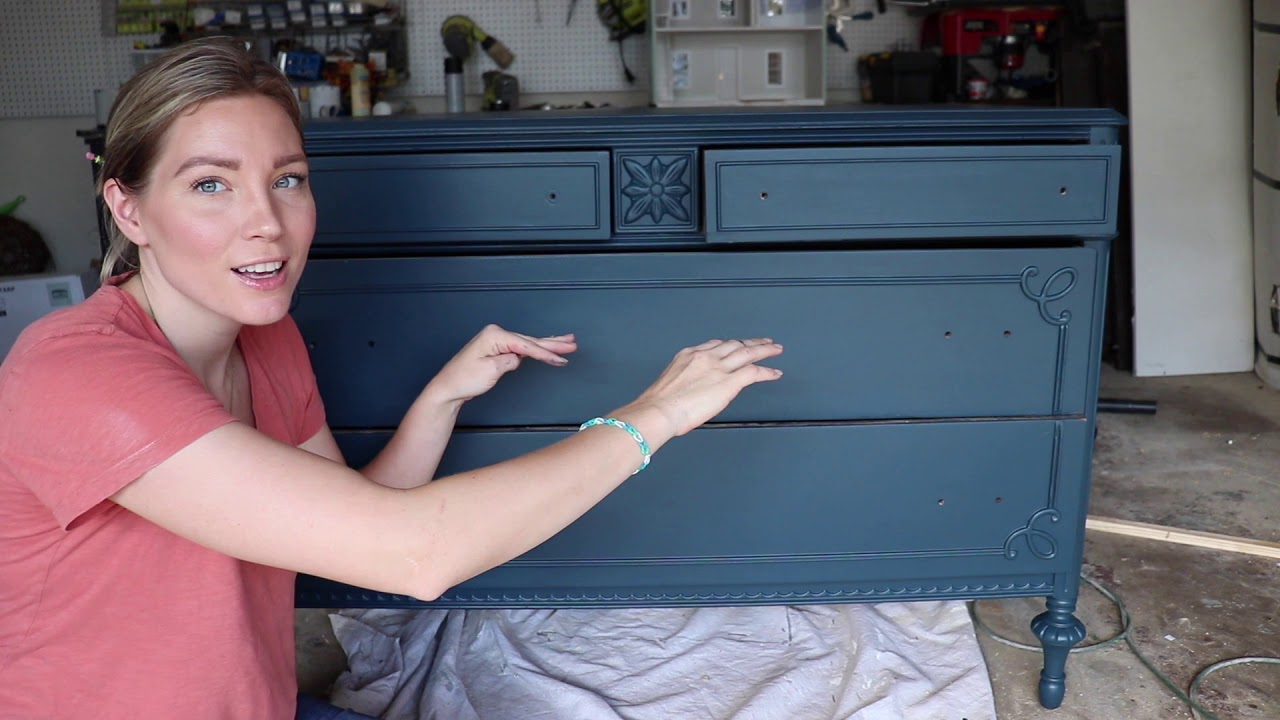
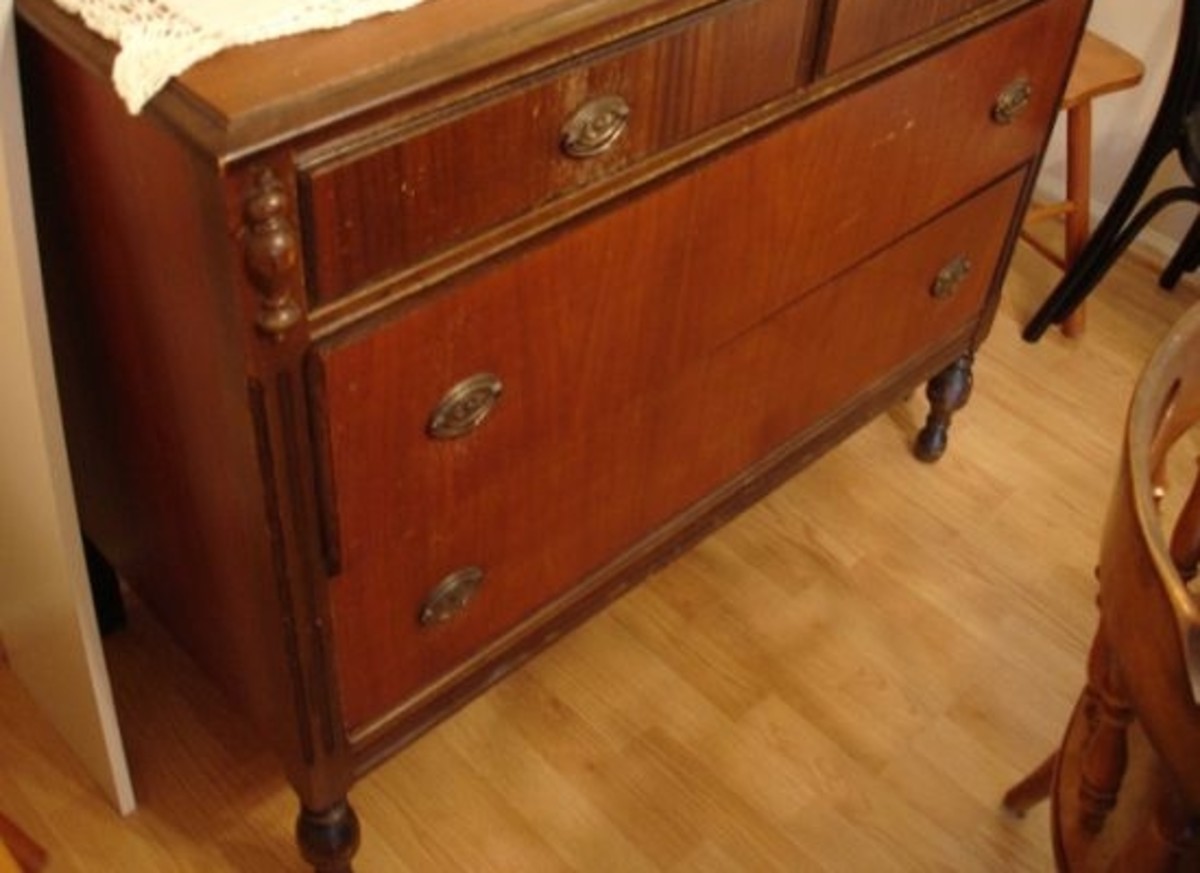


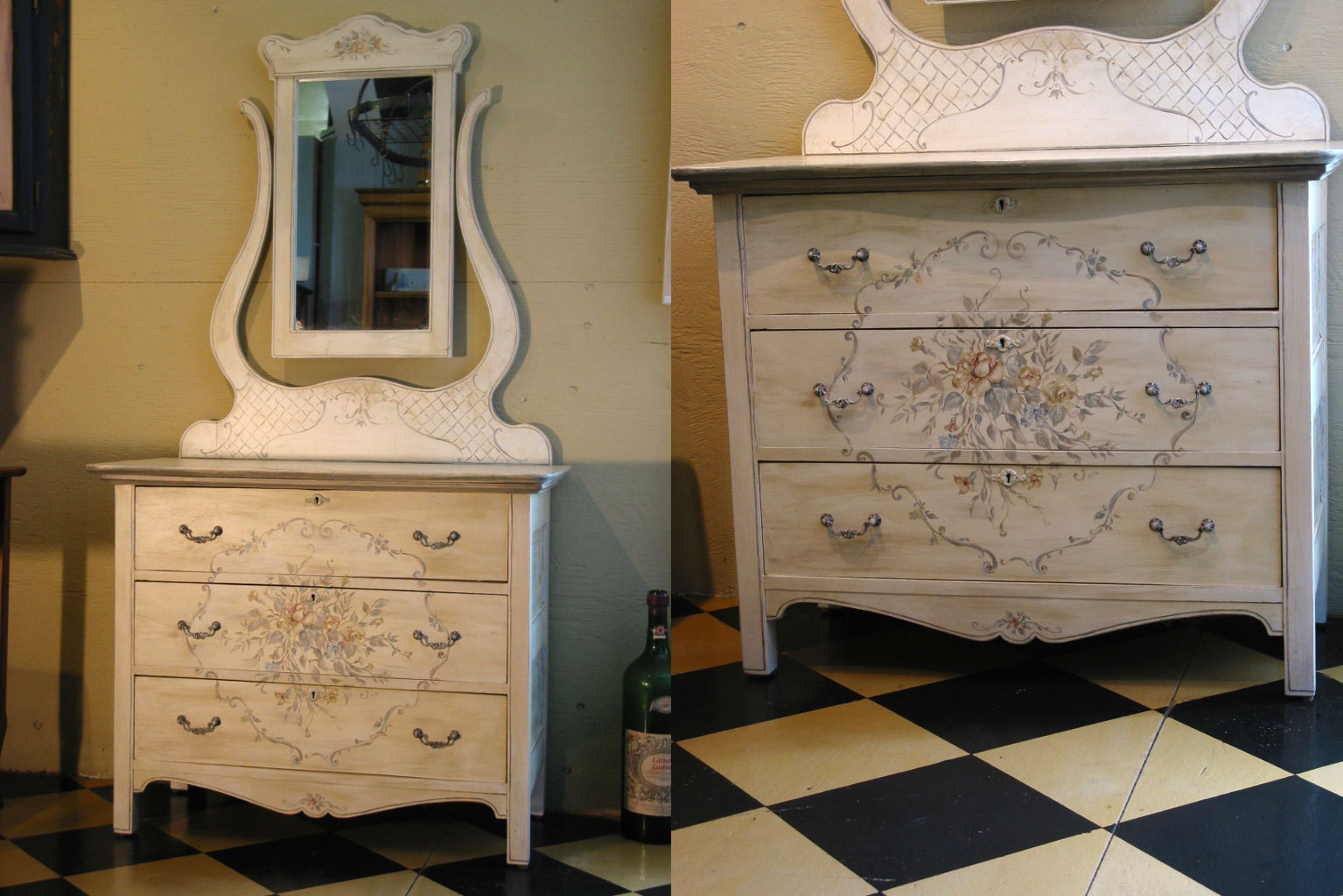
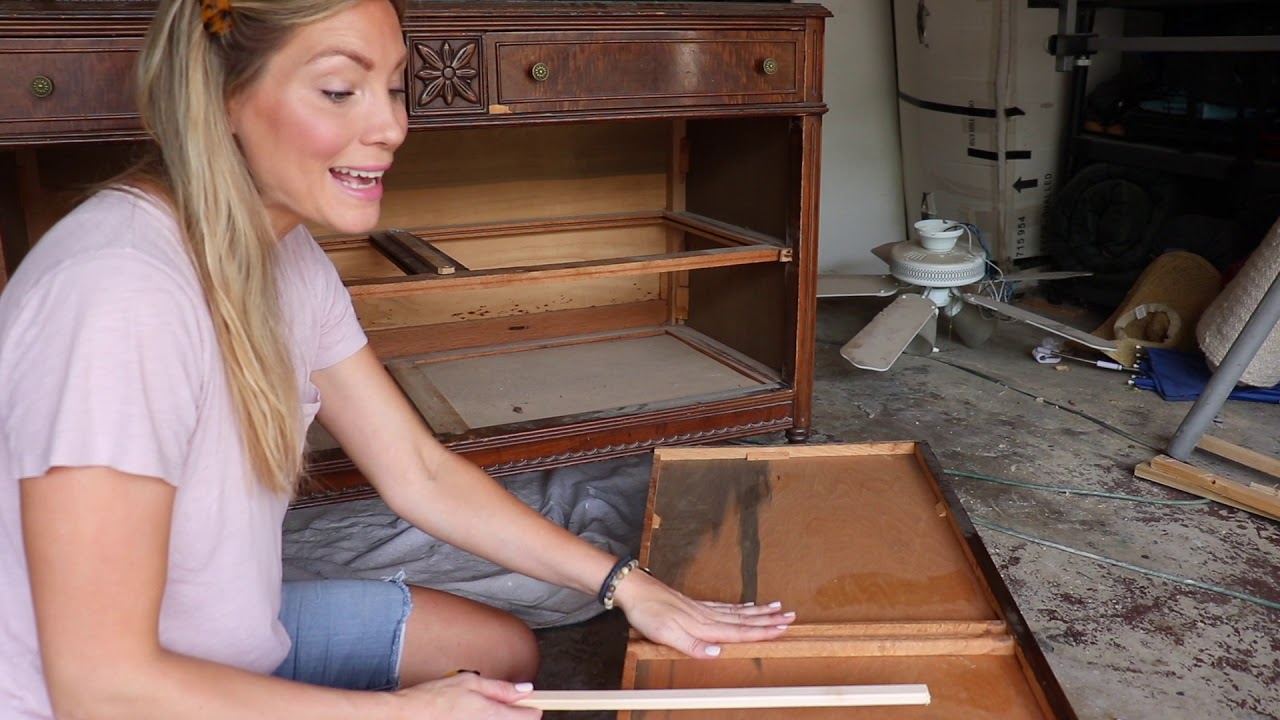

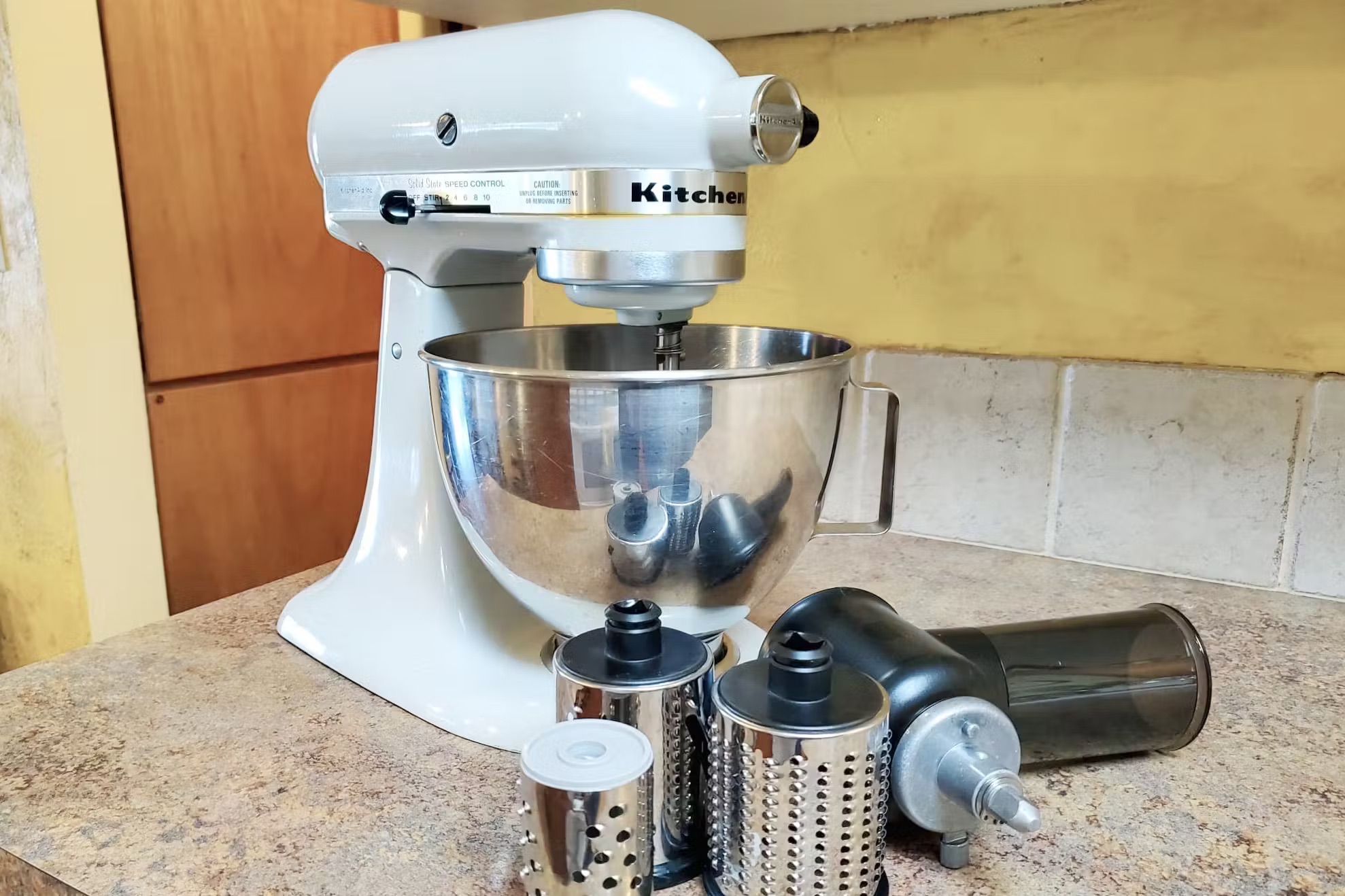
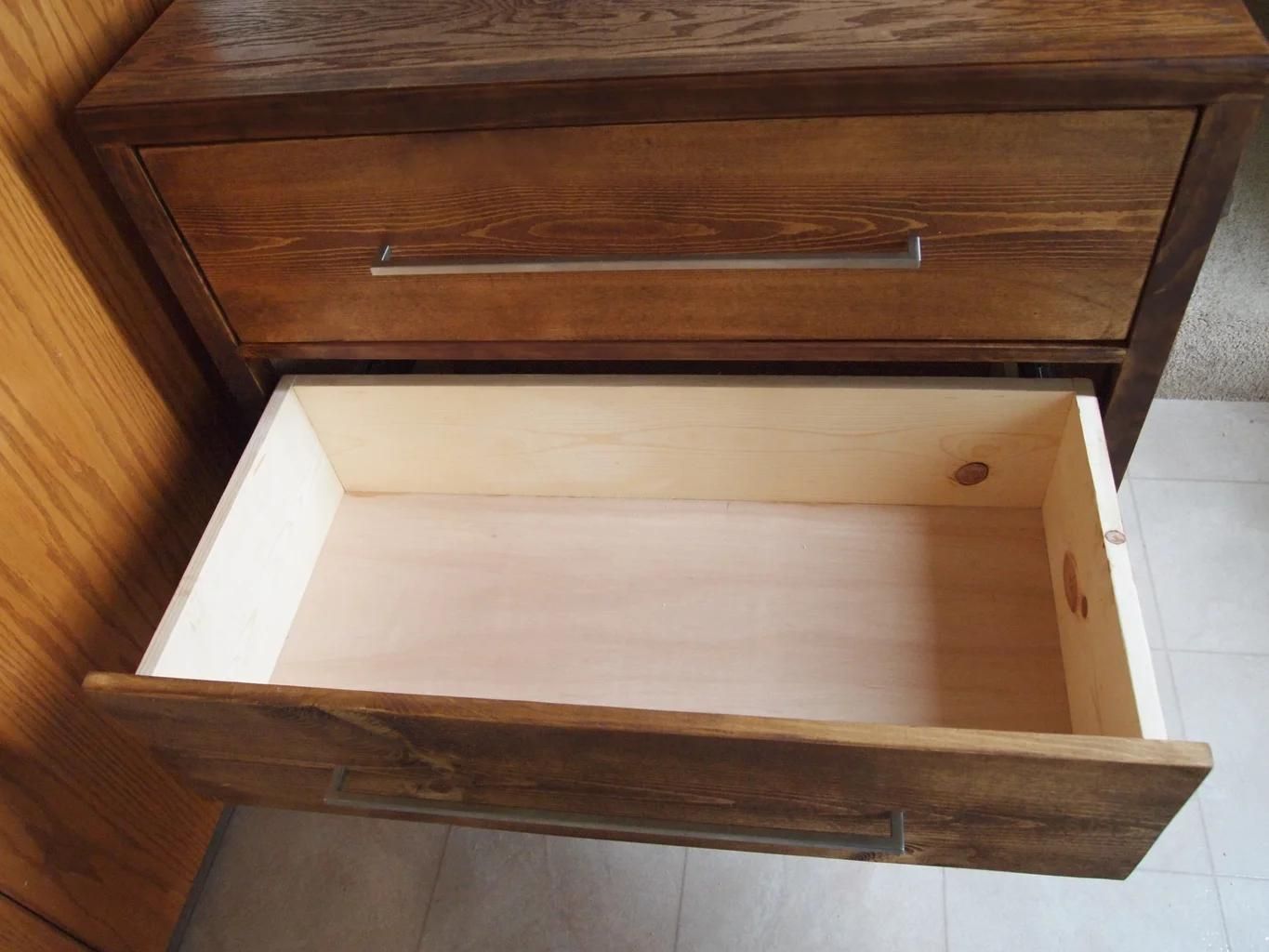
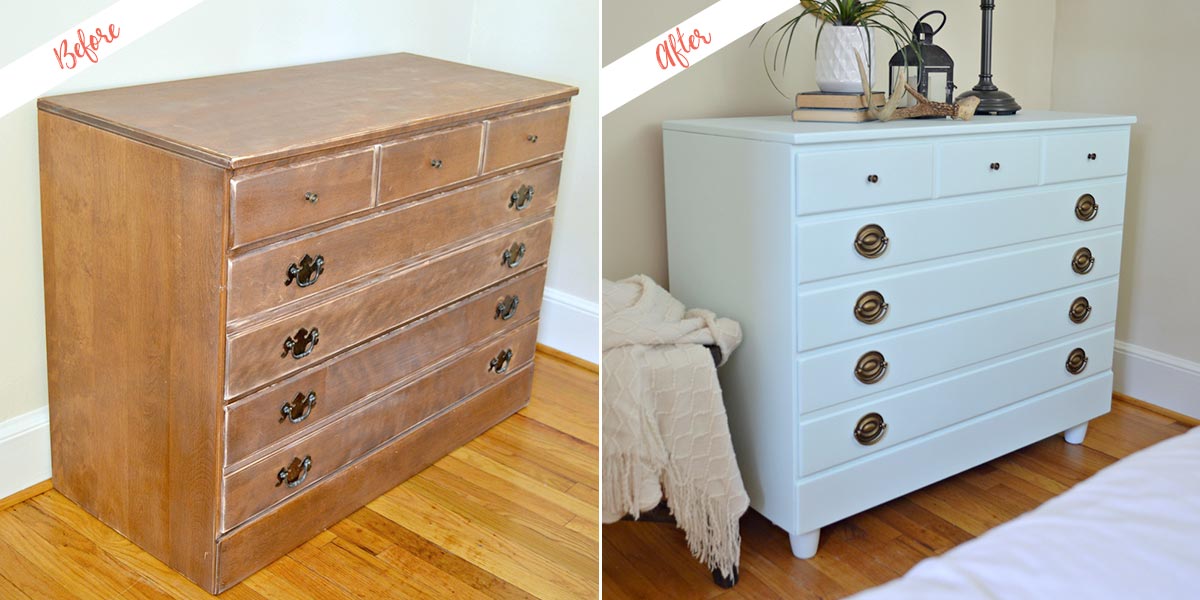
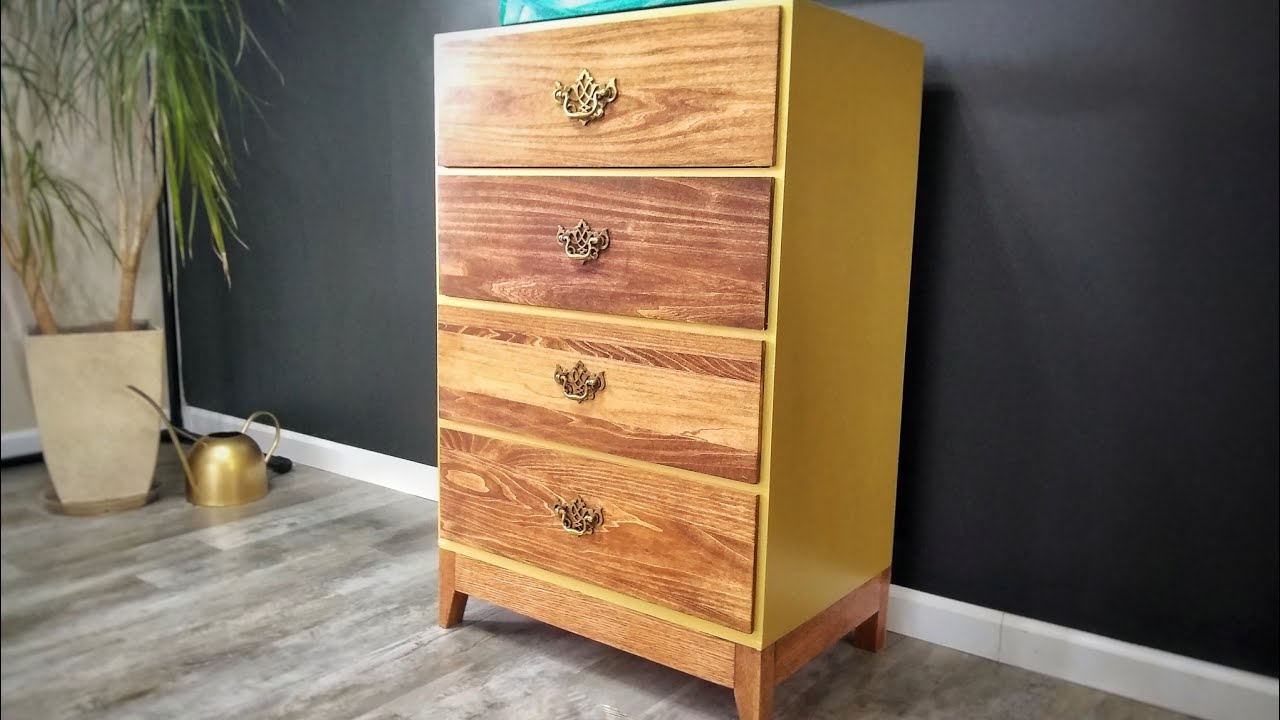
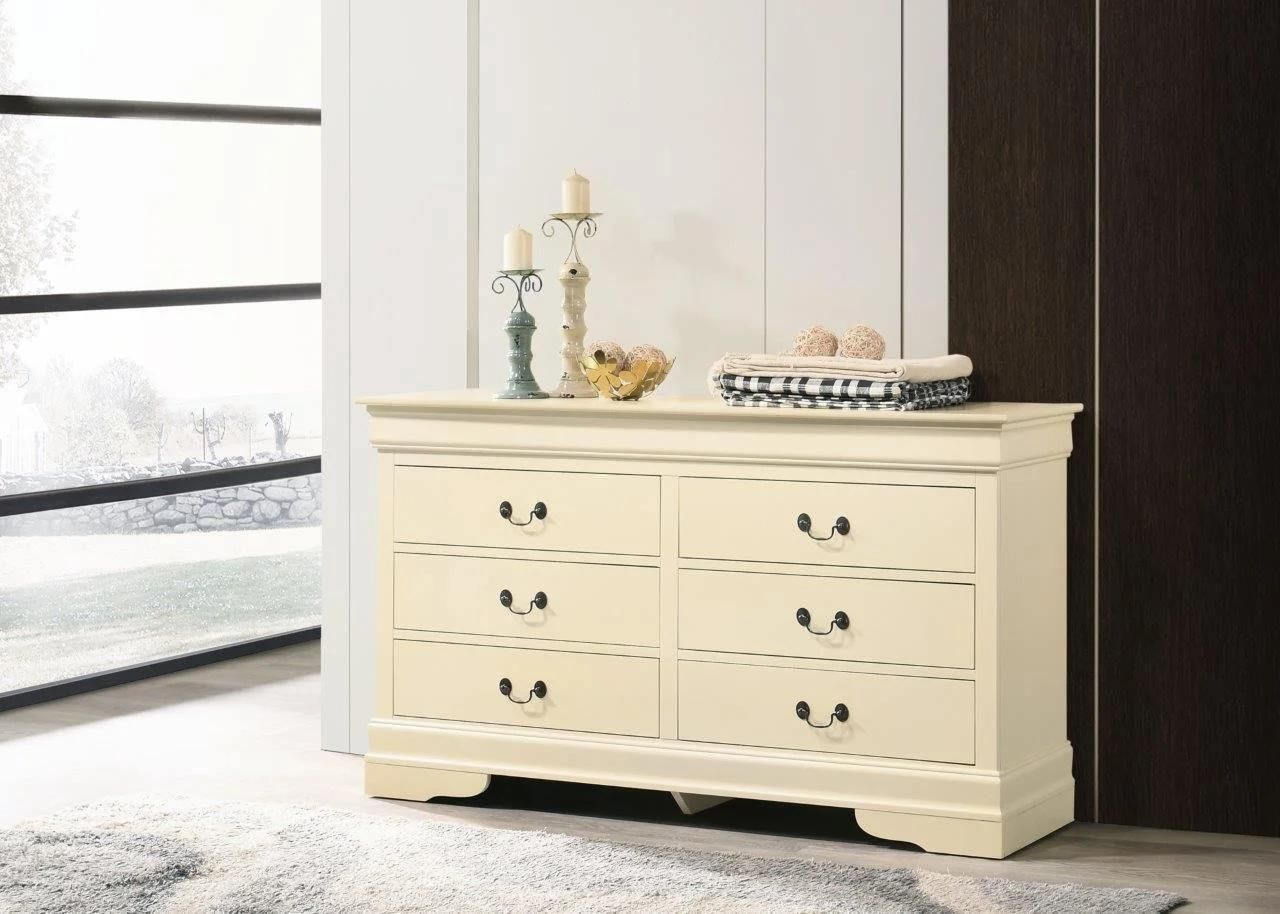

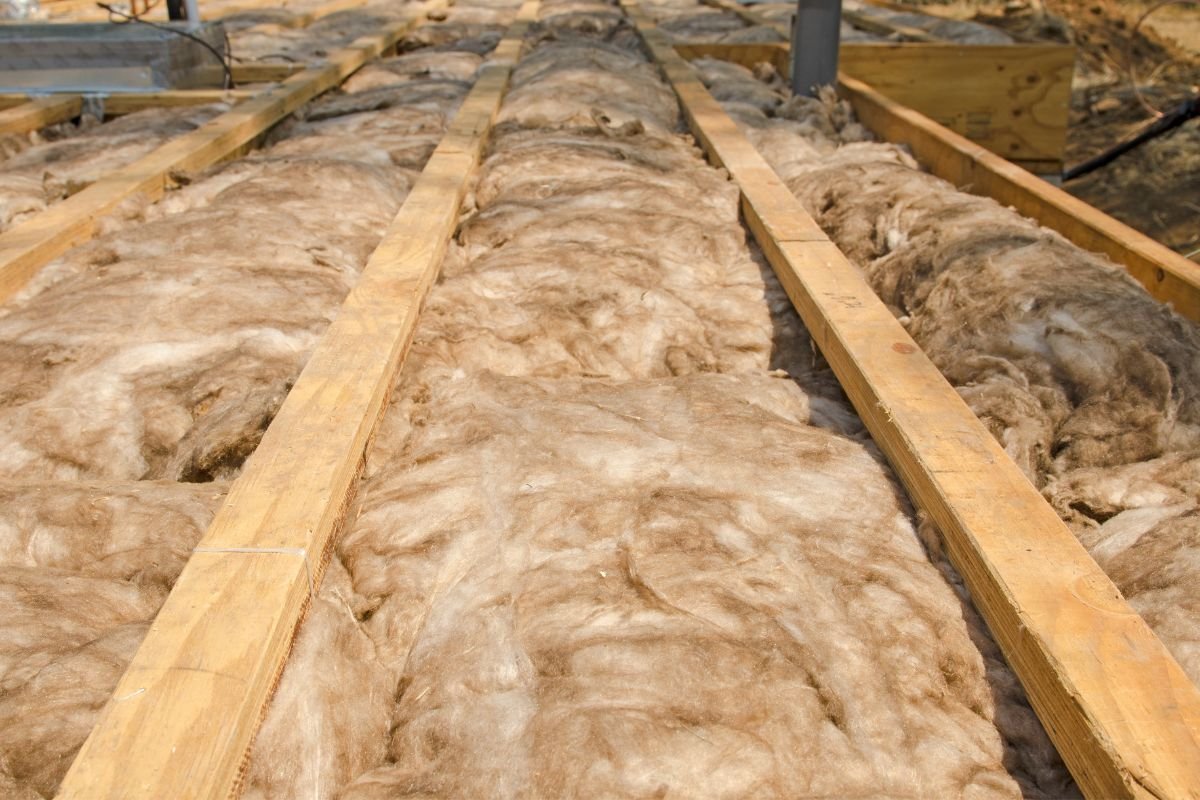

0 thoughts on “How To Tell How Old A Dresser Is”